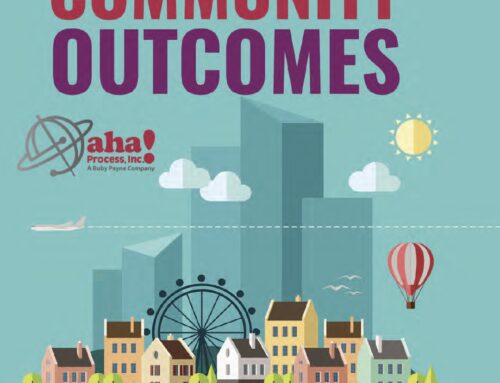I was listening to a program on NPR last week, and the host of the show was interviewing the rapper Ice-T, the self-professed “original gangster.” She asked him what led him to a life of crime prior to his emergence as a superstar. Ice-T talked about growing up in the streets, how he progressed from petty crime to drug dealing and pimping.
What I found enlightening, and immediately applied to our work at aha! Process, was his next comment. Ice-T said that when he was growing up, the only male role models he had were drug dealers and pimps. These men had the things that he wanted. So Ice-T and the other people he grew up with deduced that the way to get things they wanted was to deal drugs or pimp.
This is key to understanding poverty – this is what many of our students see today. There are not enough positive role models for our children in poverty. They never see lawyers, businesspeople, or government leaders. All they know about teachers is what they learn in school. There are few positive role models that are available to our children.
So, as educators, we must become the positive role models that our children need. We need to exhibit success, positive attitudes, and good choices. Our students are crying out for positive role models. Can we, as teachers, bridge the gap with our students and hold ourselves to higher standards to be the role models they need?
-Vincent Segalini








